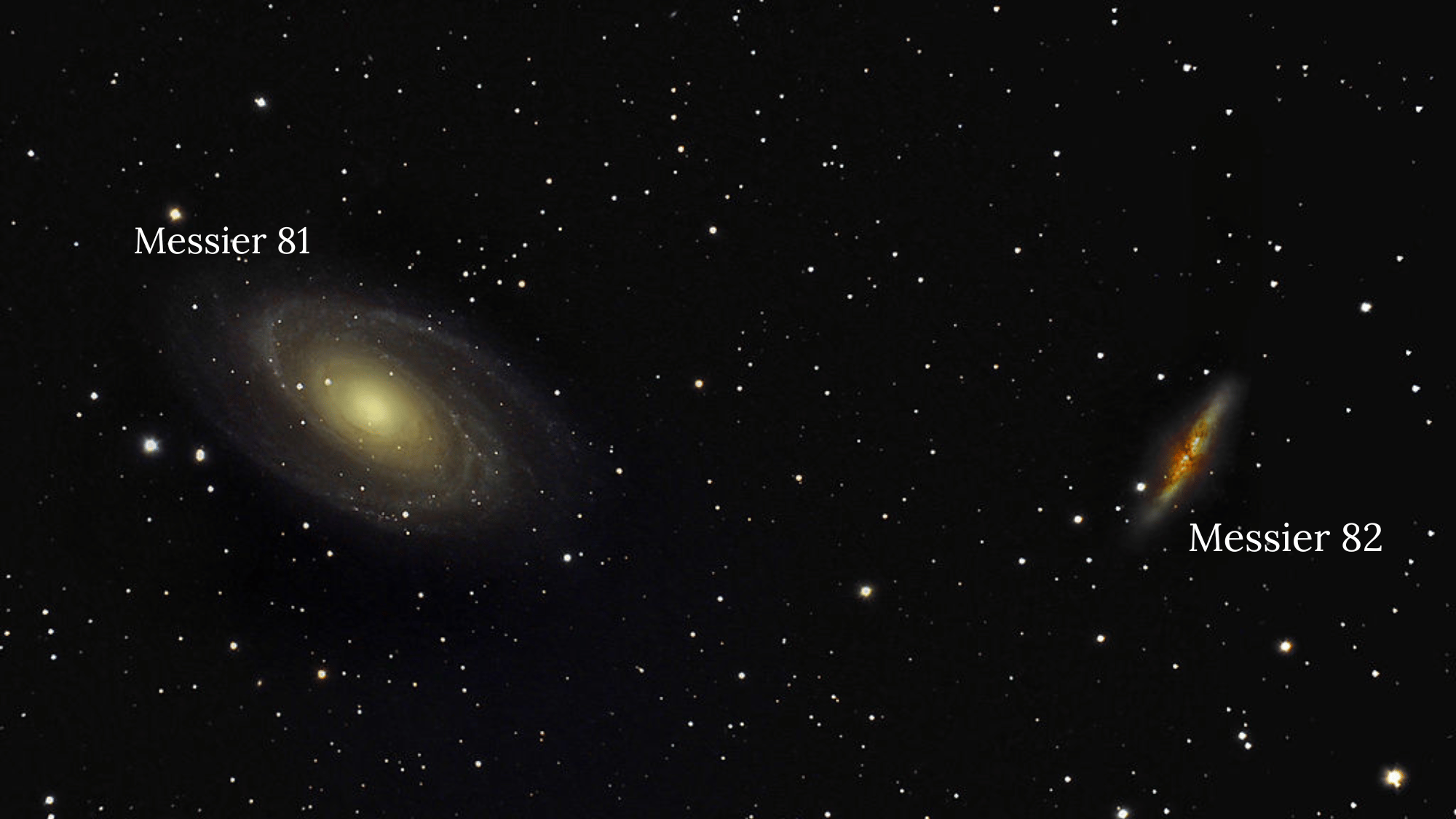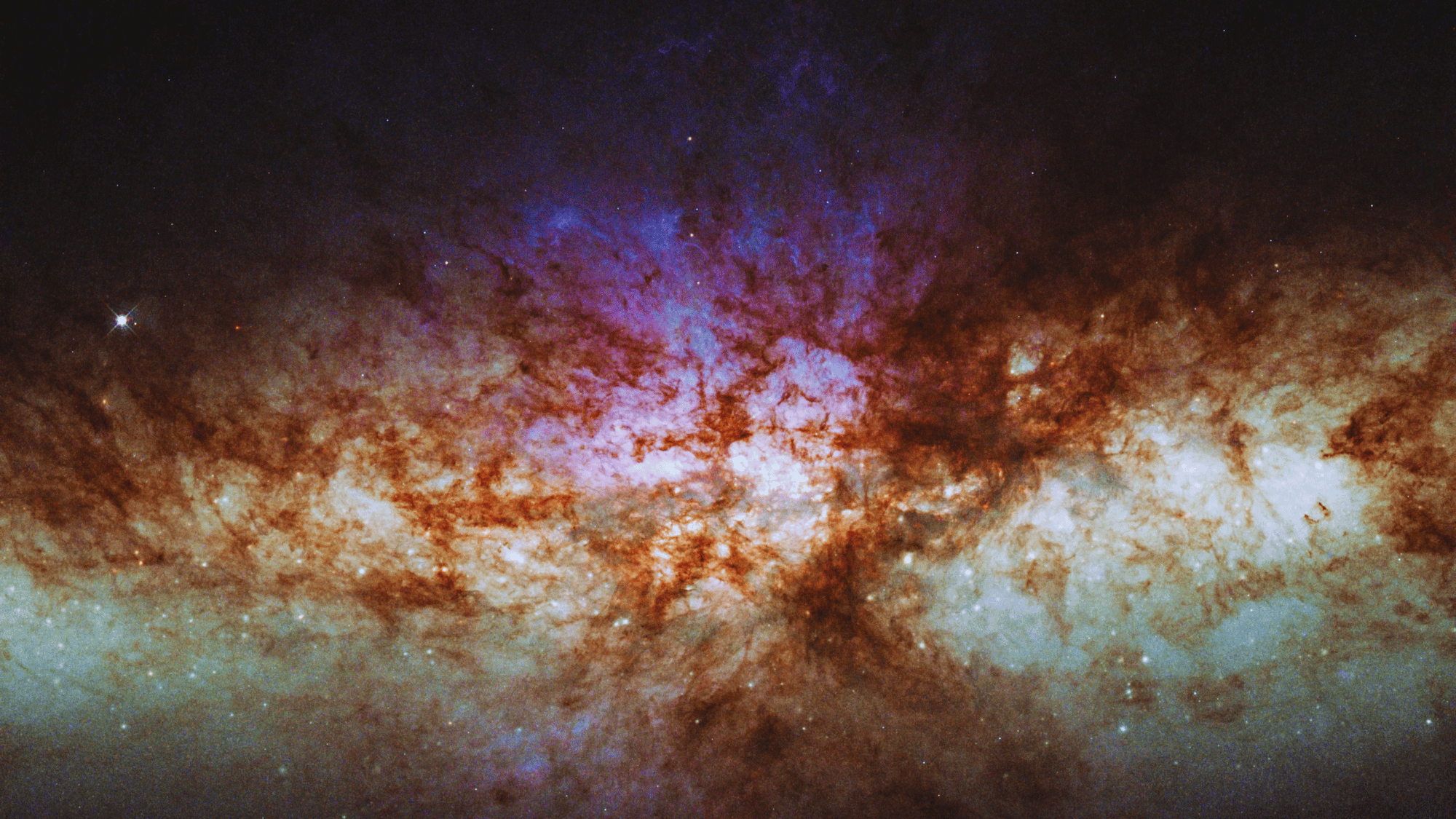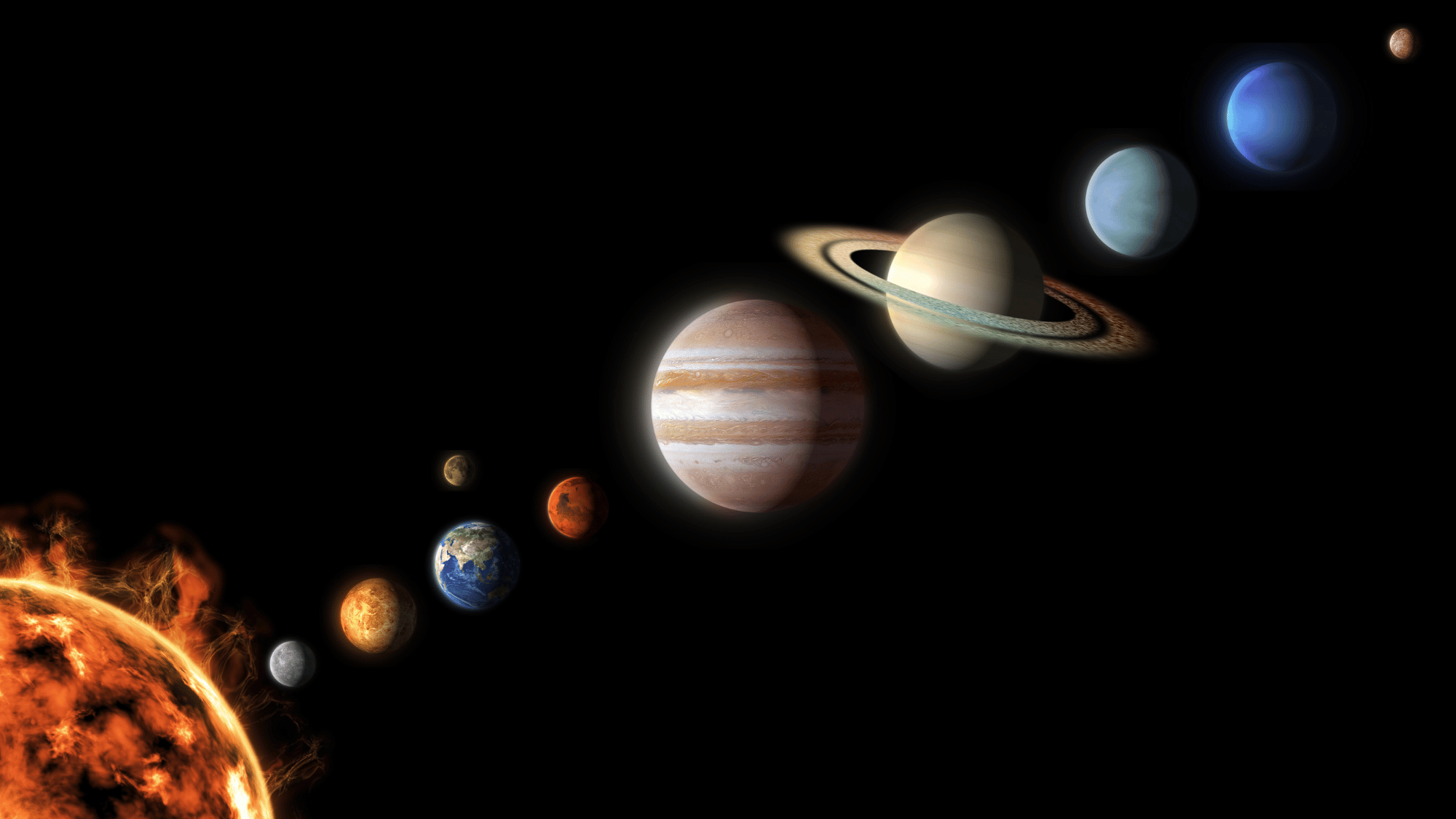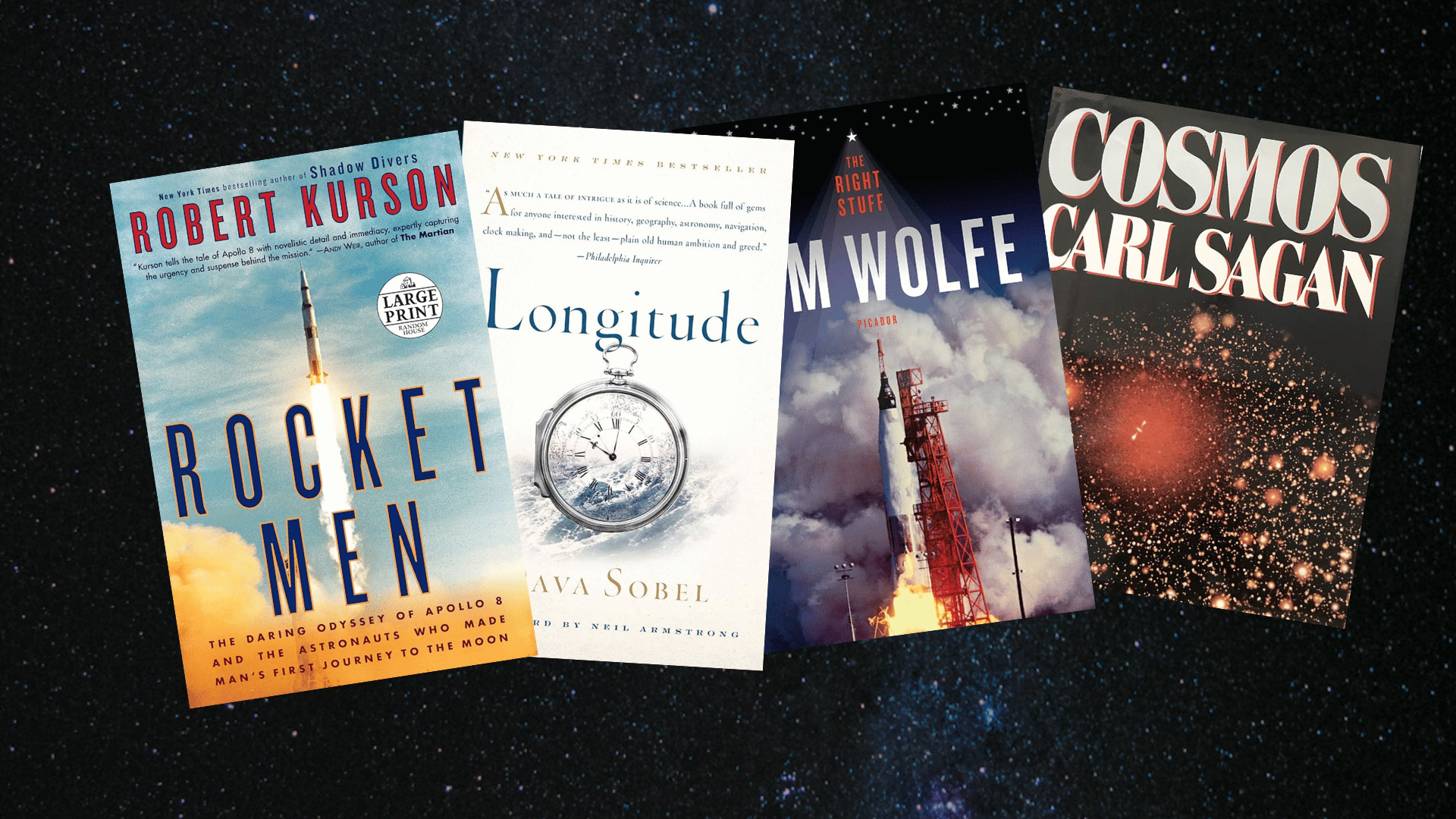Picture a galaxy so active it’s literally blowing itself apart. That’s Messier 82 for you.
While most galaxies sit quietly in space, this one throws cosmic tantrums. It shoots out massive jets of gas and creates stars at breakneck speed. The result? A spectacular light show that has astronomers completely hooked.
It’s close enough for amateur stargazers to spot with basic equipment. You don’t need a massive telescope or years of experience to see this stellar powerhouse.
This guide will show you exactly how to find M82, when to look for it, and what makes it so incredibly unique. Plus, you’ll get practical observing tips that work even if you’re a beginner.
What is the Cigar Galaxy?
The Cigar Galaxy earned its nickname from its distinctive elongated shape.
When astronomers peer through telescopes, M82 looks remarkably like a glowing cigar floating in the darkness of space.
Located about 12 million light-years away in the constellation Ursa Major, this galaxy is what scientists call a starburst galaxy.
That means it’s creating new stars at an absolutely wild rate – about 10 times faster than our own Milky Way. The host galaxy is a relatively ordinary elliptical galaxy identified as SDSS J081421.68+522410.0.
M82 sits right next to its larger companion, M81, and their gravitational dance has stirred up all sorts of cosmic chaos.
The interaction has triggered massive star formation and sent gas streaming out from M82’s center. It’s like watching a stellar fireworks show that’s been going on for millions of years.
Key Characteristics of the Cigar Galaxy

Image Source: Wikipedia
M82 stands out from ordinary galaxies because of several remarkable features that make it a favorite target for both professional astronomers and amateur stargazers worldwide.
- Starburst Activity: M82 creates new stars at an incredible pace, forming them ten times faster than typical galaxies. This intense activity makes the galaxy incredibly bright and energetic.
- Galactic Superwind: Powerful stellar winds and supernova explosions have created massive outflows of gas that extend thousands of light-years above and below the galaxy’s main disk structure.
- Infrared Brightness: The galaxy shines exceptionally bright in infrared light due to warm dust heated by all the young, hot stars. This makes it perfect for infrared telescope observations.
- Compact Size: Despite its intense activity, M82 is relatively small compared to galaxies like the Milky Way, measuring roughly 37,000 light-years across its longest dimension.
- Red Hydrogen Emissions: Hot hydrogen gas glows red throughout the galaxy, creating striking colors in photographs and making certain features visible even through amateur telescopes and filters.
Scientific Importance and Discoveries of Messier 82
M82 serves as a cosmic laboratory where astronomers study extreme star formation, galactic evolution, and the physics of starburst galaxies in unprecedented detail and clarity.
Why Astronomers Study M82?
Scientists view M82 as a perfect example of what happens when galaxies collide and interact.
Its proximity allows researchers to examine starburst processes in detail, that is impossible with more distant galaxies.
The galaxy shows how gravitational interactions can trigger massive star formation episodes, reshape galactic structure, and drive galactic winds.
M82 helps astronomers understand similar processes occurring in early universe galaxies, making it a crucial piece in the cosmic evolution puzzle.
Recent Research from Space Telescopes
The Hubble Space Telescope has revealed intricate details of M82’s star-forming regions and mapped the galaxy’s complex dust structure with stunning clarity.
Meanwhile, the James Webb Space Telescope’s infrared vision penetrates through dust clouds, unveiling hidden star formation areas and measuring temperatures of stellar nurseries.
Recent observations have discovered previously unknown stellar populations and tracked how supernova explosions shape the galaxy’s evolution over millions of years.
M82 as a Star Formation Laboratory
The galaxy’s extreme environment makes it an ideal testbed for studying how stars form under intense conditions and gravitational pressures.
Astronomers use M82 to understand feedback mechanisms, where newly formed massive stars influence their surroundings through radiation and stellar winds.
The galaxy demonstrates how star formation can regulate itself, creating cycles of birth and destruction.
These processes help scientists predict how star formation occurs in other starburst galaxies throughout the universe.
The Cosmic Neighborhood: Interaction with M81

M82’s wild behavior isn’t a solo act – it’s the result of a cosmic partnership with its larger neighbor, M81, also known as Bode’s Galaxy.
These two galaxies are locked in a gravitational tug-of-war that’s been going on for millions of years.
M81, being the bigger and more massive galaxy, essentially bullies M82 by pulling and stretching its structure. This cosmic wrestling match has warped M82’s shape and triggered its incredible starburst activity.
When observers look through telescopes, both galaxies often appear in the same field of view, creating a stunning celestial pair.
M81 looks like a classic spiral galaxy with graceful arms, while M82 appears as that distinctive cigar shape. The contrast between the two makes for one of the most beautiful galaxy pairs visible from Earth.
Practical Tips for Better Observation of the Cigar Galaxy
With an apparent magnitude of 8.4, the Cigar Galaxy sits just beyond naked-eye visibility but remains accessible to amateur astronomers using basic equipment and proper techniques.
1. Start with binoculars on dark nights: M82 appears as a faint, elongated smudge through 7×50 or 10×50 binoculars from locations with minimal light pollution and clear skies.
2. Use small telescopes for better detail: A 4-6 inch telescope reveals M82’s cigar shape clearly, and you can often spot both M82 and M81 in the same eyepiece view.
3. Large telescopes show dust lanes: Telescopes 8 inches and larger can reveal the dark dust lanes cutting across M82’s bright central region, giving it that mottled appearance astronomers love.
4. Observe during winter months: M82 reaches its highest point in the sky during winter evenings, when Ursa Major climbs overhead and atmospheric conditions are typically more stable.
5. Try different magnifications: Low power shows the galaxy’s overall shape and relationship with M81, while higher magnifications bring out structural details and brightness variations across the disk.
6. Use hydrogen-alpha filters for photography: These specialized filters enhance the red emission regions, making star-forming areas pop out dramatically in long-exposure images of the starburst galaxy.
Wrapping Up
M82 proves that some of the universe’s most spectacular shows happen right in our cosmic backyard.
The next clear night, grab your binoculars or telescope and head outside. Point them toward Ursa Major and witness firsthand the cosmic dance between M82 and M81.
You’ll be seeing the same celestial drama that has captivated observers since 1774.
But M82 represents more than just a pretty sight. It’s a window into understanding how galaxies evolve, how stars form under extreme conditions, and how gravitational interactions shape our universe.
Ready to start your own observations? The Cigar Galaxy is waiting up there, putting on its stellar fireworks show just for you.


















